A fire at one of the world's largest lithium ion battery storage facilities in Monterey County, California, has released toxic heavy metals into a nearby estuary, threatening its delicate ecosystem and endangered species. Soil samples taken at the Elkhorn Slough Reserve revealed alarmingly high concentrations of nickel, manganese, and cobalt, materials used in lithium ion batteries, prompting concerns about long-term environmental and health impacts.
Days after one of the world's largest lithium ion battery storage facilities burst into flames in Monterey County, researchers found alarmingly high concentrations of heavy metals at a nearby estuary that is home to several endangered species . Scientists at San José State University recorded a dramatic increase in nickel, manganese and cobalt — materials used in lithium ion batteries — in soil samples at the Elkhorn Slough Reserve after the recent fire at the nearby Moss Landing Power Plant.
The toxic metals threaten to upset the delicate ecosystem at the Elkhorn Slough, which is the state's second-largest estuary and plays a key role in sequestering carbon emissions and protecting the coastline from sea level rise, said Ivano Aiello, chair of the university's Moss Landing Marine Laboratories. Aiello, who has monitored environmental conditions at the slough for more than a decade, said he was shocked by the results. The concentration of nickel, manganese and cobalt measured on the surface of the soil is hundreds to thousands of times as much as the levels in the surface soil prior to the fire or compared with levels measured deeper in the soil. 'I was wondering whether there was anything associated with this fire that could have been impacted,' said Aiello. 'I didn't know I was going find such a high concentration of those metals.' On Tuesday, Monterey County Supervisor Glenn Church called the findings 'extremely disturbing' and said he was worried about what future data would reveal regarding the consequences of the unprecedented blaze. The fire ignited Jan. 16, burned for five days and ultimately destroyed an estimated 80% of the batteries inside the building, which is on the coast about 18 miles north of the city of Monterey. Assemblymember Dawn Addis (D-Morro Bay) said in a statement Monday that she was 'deeply concerned' about the concentration of heavy metals in 'one of our most cherished and fragile ecosystems.' 'These concentrations are directly linked to the battery energy storage fire,' she said. The battery storage site is owned by Texas-based Vistra Energy. A spokesperson said Tuesday that the company was aware of San José State's data and would work with local health agencies to determine next steps. Vistra is also completing its own investigation into the fire and environmental monitoring around the plant, the spokesperson said. The Elkhorn Slough Reserve was closed to the public from Jan. 17 to Jan. 21 while it and residential areas near the power plant were under evacuation orders due to the fire. It is now open to visitors. Initial air quality monitoring from the U.S. Environmental Protection Agency determined that there was no public health risk posed by levels of particulate matter and hydrogen fluoride gas released during the fire. Hydrogen fluoride is a highly toxic gas produced by lithium ion battery fires that can cause severe respiratory damage as well as skin and eye burns. The EPA did not plan to conduct soil or water testing, which is instead being carried out by local and state health agencies. The Monterey County Health Department said Monday it was grateful for the testing conducted by Aiello’s team and planned to present preliminary results from its own soil and water samples later this week. The department said it was working with the California Department of Public Health, the California Environmental Protection Agency and state epidemiologists to 'evaluate the research, assess any potential health concerns, and determine the appropriate steps moving forward.' San José State's soil samples suggest there could be long-term environmental and health effects from the toxic blaze, said Aiello. His lab is now in 'emergency mode' trying to collect data and understand how the heavy metals might affect the ecosystem. Scientists have collected soil samples from more than 100 locations within a two-mile radius of the plant since Jan. 22. 'There's a layer of heavy metals now on the soil, and I don't know what's going to happen. Is it going to be washed away? Is it going to penetrate to the groundwater? Is it going to concentrate and bioaccumulate?' he said. 'We need to learn that before we can actually understand the implications.' The Elkhorn Slough is home to more than 700 species of plants, animals and marine life, including endangered and threatened species such as the southern sea otter, the Santa Cruz long-toed salamander and the California brown pelican. Its marshlands store large amounts of carbon, helping to mitigate climate change. The estuary also helps prevent coastal erosion and absorb the effects of sea level rise. Supervisor Church has said the fire raises the question of whether the plant should be located near an environmentally sensitive area. He and fellow board members passed a resolution last week asking that the battery storage facility remain offline until a thorough investigation could be completed and new safety measures implemente
Lithium Battery Heavy Metals Elkhorn Slough Endangered Species Environmental Pollution Climate Change Battery Storage Fire California
United States Latest News, United States Headlines
Similar News:You can also read news stories similar to this one that we have collected from other news sources.
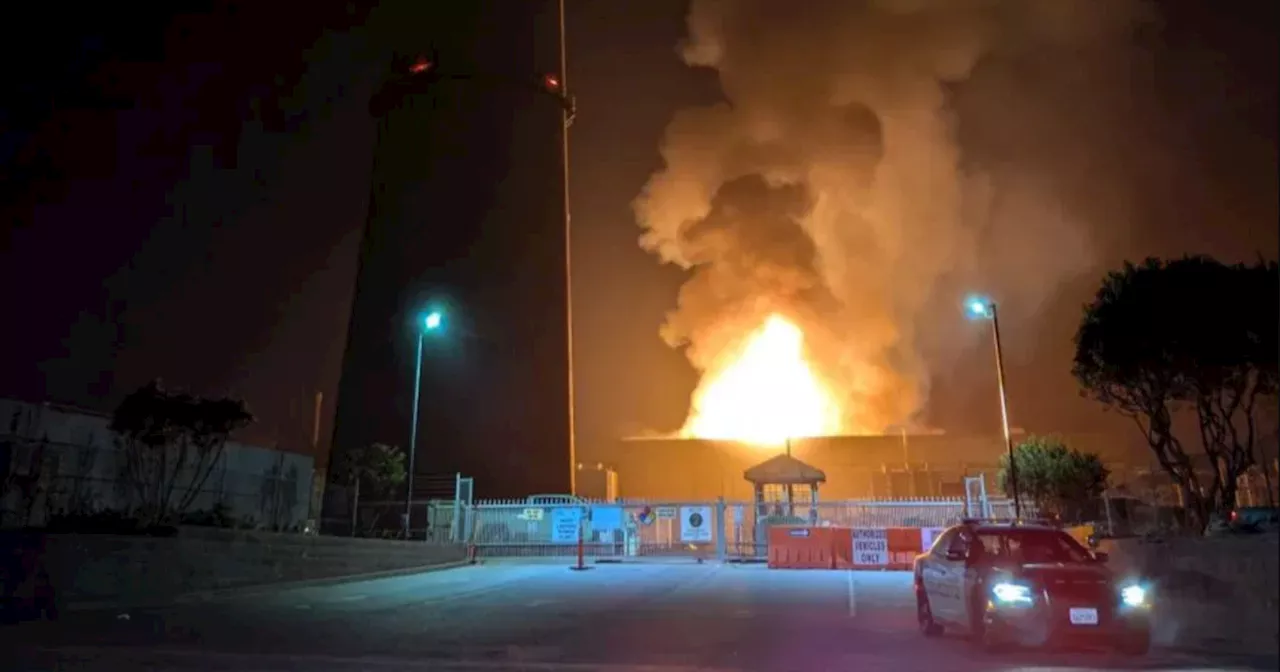 Fire at one of world's largest lithium battery facilities in Northern California forces evacuationsA fire broke out at one of the world's largest lithium battery storage facilities in Monterey County, California, forcing evacuation orders and closing a portion of coastal Highway 1.
Fire at one of world's largest lithium battery facilities in Northern California forces evacuationsA fire broke out at one of the world's largest lithium battery storage facilities in Monterey County, California, forcing evacuation orders and closing a portion of coastal Highway 1.
Read more »
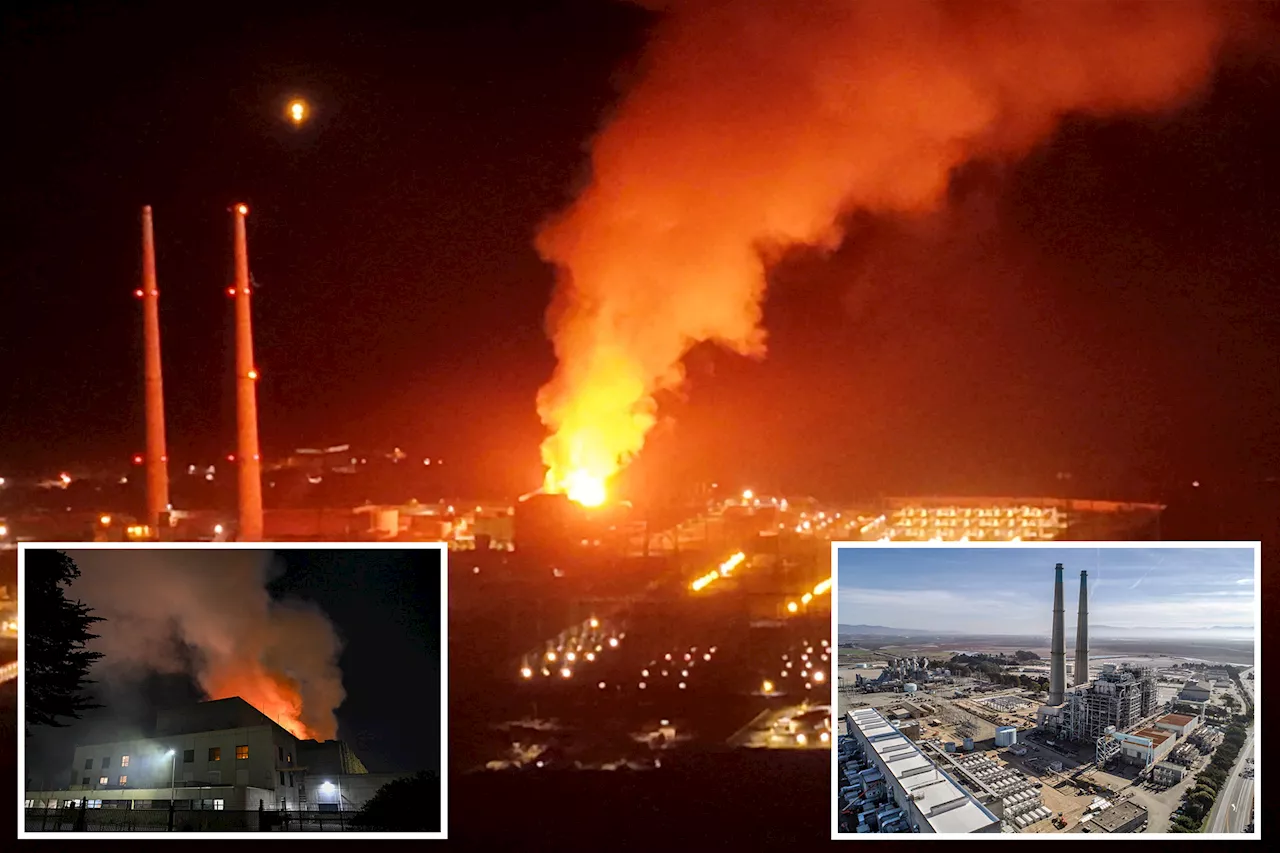 Massive Lithium Battery Fire Evacuates 1,500 in CaliforniaA major fire erupted at Vistra Corp.'s Moss Landing plant, one of the world's largest lithium battery storage facilities, in California, forcing the evacuation of 1,500 residents. Toxic smoke filled the air as the blaze spread rapidly, prompting officials to urge residents to stay indoors and heed evacuation orders.
Massive Lithium Battery Fire Evacuates 1,500 in CaliforniaA major fire erupted at Vistra Corp.'s Moss Landing plant, one of the world's largest lithium battery storage facilities, in California, forcing the evacuation of 1,500 residents. Toxic smoke filled the air as the blaze spread rapidly, prompting officials to urge residents to stay indoors and heed evacuation orders.
Read more »
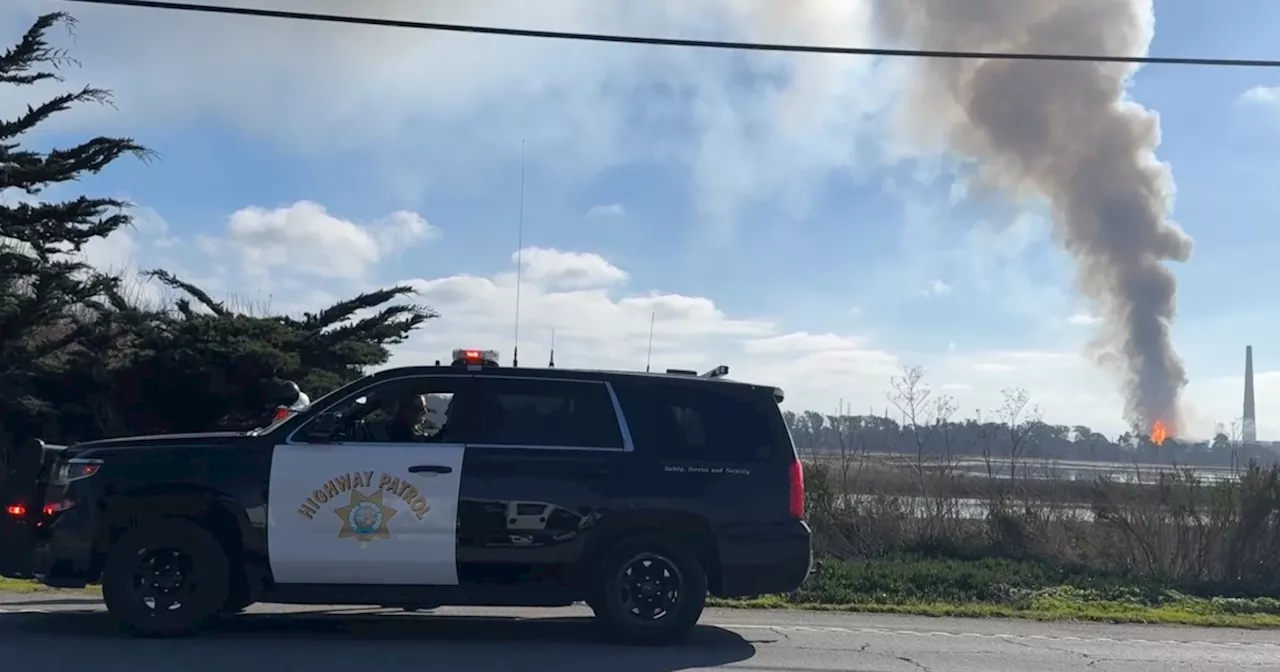 Huge Northern California lithium battery storage fire called 'Three Mile Island' event for the emerging industryThe massive fire at one of the world's largest lithium battery storage plants in Northern California has shaken a local community worried about possible long-term impacts and brought scrutiny to the emerging industry's safety practices.
Huge Northern California lithium battery storage fire called 'Three Mile Island' event for the emerging industryThe massive fire at one of the world's largest lithium battery storage plants in Northern California has shaken a local community worried about possible long-term impacts and brought scrutiny to the emerging industry's safety practices.
Read more »
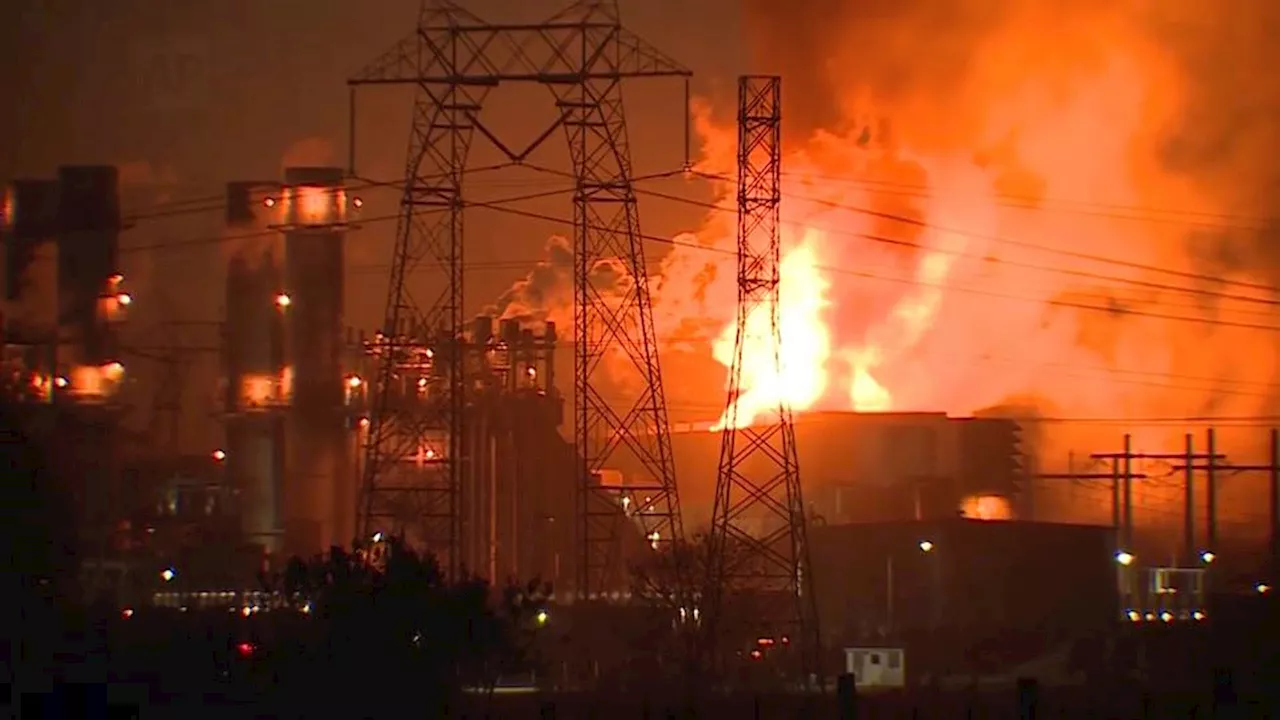 Massive fire at California lithium battery facility keeps burningAuthorities lifted evacuation orders for about 1,500 residents in Monterey County while health officials urged residents to keep windows and doors shut and monitor air quality updates.
Massive fire at California lithium battery facility keeps burningAuthorities lifted evacuation orders for about 1,500 residents in Monterey County while health officials urged residents to keep windows and doors shut and monitor air quality updates.
Read more »
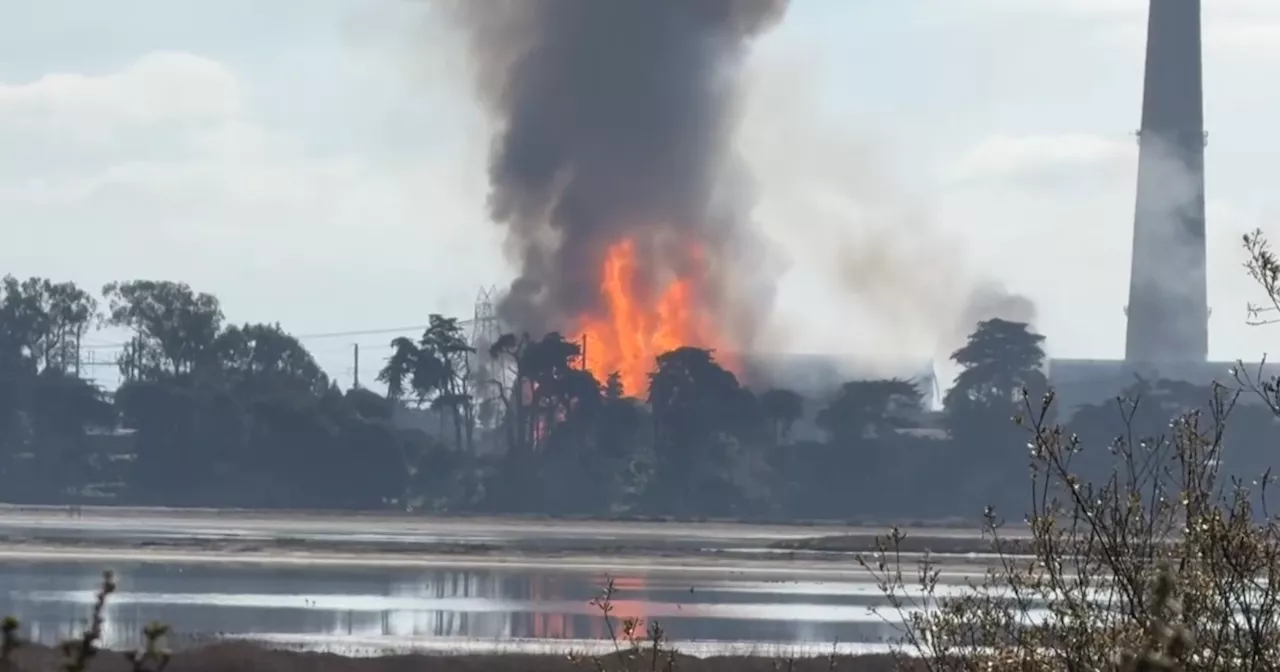 Monterey County declares state of emergency over Northern California lithium battery plant fireMonterey County supervisors on Tuesday declared a state of emergency in response to last week's major fire at the Vistra lithium battery plant in Moss Landing.
Monterey County declares state of emergency over Northern California lithium battery plant fireMonterey County supervisors on Tuesday declared a state of emergency in response to last week's major fire at the Vistra lithium battery plant in Moss Landing.
Read more »
 Pure Lithium Achieves Record-Breaking Lithium Metal Battery Cycling ResultsPure Lithium, a Boston-based startup, announces groundbreaking results in lithium metal battery cycling, demonstrating its technology's commercial viability. The company's pouch cells achieved over 2,200 cycles at a 1-hour charge and discharge rate, retaining over 80% capacity.
Pure Lithium Achieves Record-Breaking Lithium Metal Battery Cycling ResultsPure Lithium, a Boston-based startup, announces groundbreaking results in lithium metal battery cycling, demonstrating its technology's commercial viability. The company's pouch cells achieved over 2,200 cycles at a 1-hour charge and discharge rate, retaining over 80% capacity.
Read more »
